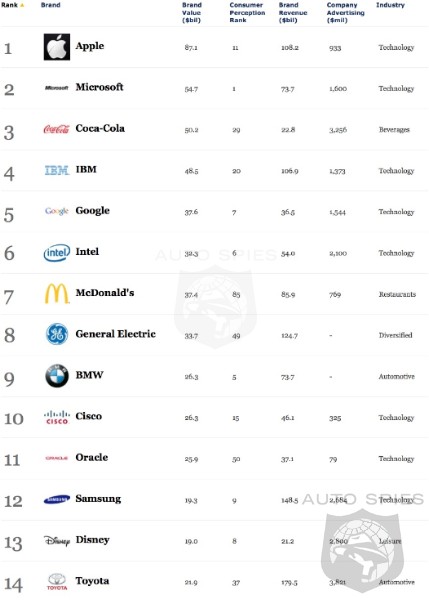
“Our focus in the short-term is on continuing to grow and learn in this part of the world (the Middle East) before embarking on further expansions internationally,” Chief executive Marc Caira said on the company’s financial results conference call.
At home, Tim Hortons is facing pressure from Starbucks and the McDonald’s McCafe line which are luring customers with different choices and a broad range of prices.
In other areas, Tim Hortons has fallen behind. According to Starbucks reported last month, 11 per cent of its sales in the U.S. and Canada come through technology built into its mobile app. Although Tim Hortons has an app called “Timmy Me,” it doesn’t allow customers to pay with it.
Reference : http://www.ctvnews.ca/business/tim-hortons-chain-looks-to-expand-across-the-globe-1.1532688
How to achieve their expanding goal? The first clare and operative step is to build a functional app which can compete with the Starbucks. As for their products and marketing, Tim Hortons should focus on Points of Differences instead of competing directly with the cafe giants. Find their unique customer segments especially young people and make marketing strategies for them.






